How to Start a Dropshipping Business in 2024
Starting a dropshipping business in 2024 can be a rewarding venture, especially as the eCommerce landscape continues to evolve. This flexible business model allows entrepreneurs to sell products without the need for significant upfront investment in inventory with a suppier. In this article, we will explore the essential steps needed to start a business, the costs involved, important legal considerations, how to set up your Shopify store, and effective marketing strategies to ensure your success.
What are the Steps to Start a Dropshipping Business?
To start an online ecommerce business using the start a dropshipping business model, the first step is to work on your niche selection. You can start by choosing a specific market or product category that interests you. Many dropshipping entrepreneurs opt for platforms like Shopee due to their vast dropshipping market. Once you’ve identified your niche, it’s essential to open a business bank account and consider applying for a business credit card to manage your finances effectively. This will help keep your business transactions separate from personal ones.
After setting up your finances, learn how to start by researching dropshipping products and dropshipping apps that can streamline your operations. It’s also crucial to establish a business entity that suits your needs, as this will provide protection and enhance credibility. Finally, running a dropshipping store requires dedication; utilize dropshipping FAQ resources to address common challenges and get your business off the ground successfully. Remember, start a dropshipping business is one of the most popular business models today, and with the right approach, it’s possible to start your own thriving venture.
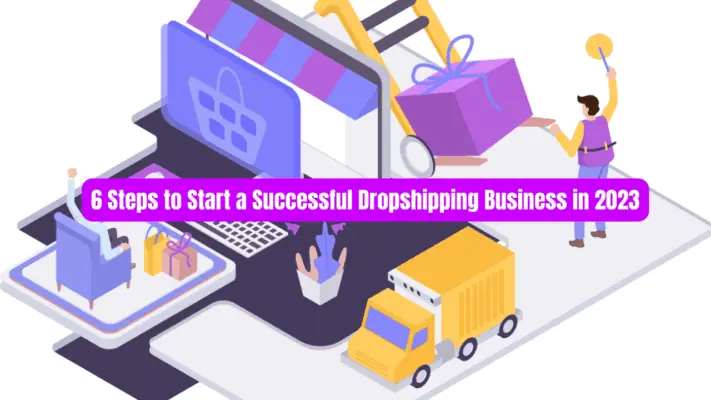
Identifying Your Niche and Target Audience
To successfully start a dropshipping business , the first step is identifying a niche that suits your business interests and aligns with market demand. Researching popular trends and assessing competition can help you pinpoint a niche that has the potential for profitability. Understanding your target is equally crucial; this involves analyzing demographics, preferences, and purchasing behavior. By focusing on a specific niche, you can tailor your marketing efforts and product offerings, making it easier to connect with potential customers and ultimately drive sales.
Creating a Business Plan for Your Dropshipping Store
A well-structured business plan is essential for any successful business, including dropshipping. This document should outline your business idea, market analysis, marketing strategies, financial projections, and operational plans. Setting clear goals and objectives will guide your decision-making as your business grows. Your plan will also be useful when seeking financing or partnerships, as it demonstrates your commitment and strategic approach to starting a dropshipping.

Choosing the Right Dropshipping Suppliers
Your choice of dropshipping suppliers can significantly impact the success of your business. It’s important to partner with reliable suppliers who offer quality products, competitive pricing, and efficient shipping options. Research potential dropshipping suppliers by checking reviews, conducting interviews, and even ordering samples to assess product quality. A good supplier relationship is vital for ensuring customer satisfaction and maintaining a positive reputation for your dropshipping store.
How Much Does It Cost to Start a Dropshipping Business in 2024?
In 2024, starting a dropshipping business in the global dropshipping market can be a financially accessible venture. The initial costs largely depend on factors like your niche, setting up a dropshipping, and marketing strategy. Typically, you’ll need to register the business as a legal business entity, which can range from $50 to several hundred dollars. Additionally, establishing wholesale dropshipping accounts with dropshipping companies can incur fees, although many allow you to start with little to no upfront investment. A comprehensive guide on how to start can help you navigate these costs effectively.
The starting a dropshipping business model allows you to operate with low overhead, focusing on marketing and customer service while suppliers handle inventory and shipping. To run your business efficiently, it’s crucial to find dropshipping partners that best suits your business goals. By selecting the right products for your dropshipping store, you can grow your dropshipping and differentiate your business apart from competitors. Balancing business and personal expenses is essential as you embark on this entrepreneurial journey.
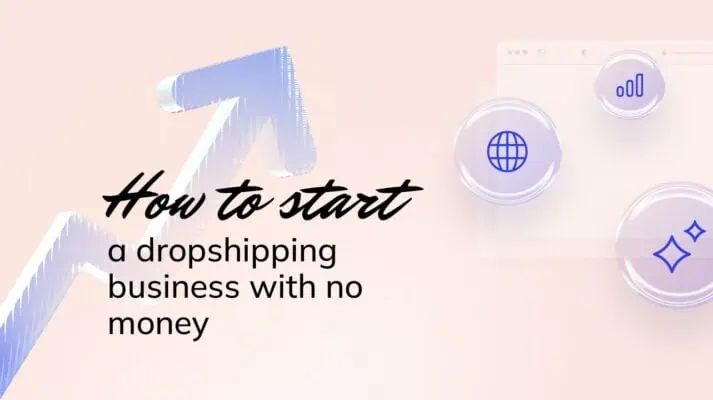
Understanding Initial Investment and Ongoing Costs
Understanding the financial aspects of starting a dropshipping business is crucial. The initial investment can vary widely depending on your business model and marketing strategy. While you won’t need to purchase inventory upfront, costs can include website development, domain registration, and any necessary software subscriptions. Ongoing costs may include monthly fees for your Shopify or Amazon store, transaction fees, and marketing expenses. By carefully budgeting and tracking your personal and business finances, you can ensure that your dropshipping remains profitable.
Evaluating Costs of Setting Up an Online Store
Setting up an online store involves various costs that need to be evaluated before launching your dropshipping. Using a platform like Shopify can simplify the process, as it provides an all-in-one solution for eCommerce. However, you should consider the costs associated with premium themes, apps for enhanced functionality, and payment processing fees. Creating a detailed breakdown of these costs will help you understand how much money you need to start and keep your online store operational.
Budgeting for Marketing Your Dropshipping Business
Marketing is a crucial aspect of running a successful dropshipping business. To effectively market your dropshipping, you should allocate a budget for various marketing channels, including social media advertising, search engine optimization (SEO), and influencer collaborations. Investing in marketing can significantly increase your visibility and attract your target, leading to higher sales and a more profitable business. It’s worth noting that effective budgeting for marketing will help you scale your business over time.
What Legal Considerations Should I Be Aware of for My Dropshipping Business?
When considering launching your online business, it’s crucial to understand the legal implications of running a dropshipping operation. Dropshipping allows entrepreneurs to sell products without holding inventory, but it comes with specific legal requirements. First, establish your business as a separate legal entity to protect your personal assets. Research the necessary licenses and permits that suit business needs, as these vary by location. Check out our start dropshipping FAQ for insights on compliance and regulations.
Additionally, be aware of consumer protection laws, as dropshipping is a business that requires transparency and accountability. Properly address returns and refunds to maintain customer trust. Remember, while dropshipping eliminates the need for inventory, you must still navigate legalities to ensure your venture is sustainable. Ultimately, understanding these factors will help you make money dropshipping while minimizing risks.
Registering Your Business and Obtaining Licenses
Before you start selling, it’s essential to register your dropshipping and obtain necessary licenses. Registering your business formally can provide legal protections and enhance your credibility. Depending on your location, you may need a business license or permits to operate legally. Researching local regulations will ensure that you meet all legal requirements, allowing you to focus on growing your business without legal concerns.
Understanding Taxes and Legal Obligations
As a business owner, understanding your tax obligations is critical. Depending on where you operate, you may be required to collect sales tax and file income taxes for your dropshipping. It’s advisable to consult with a tax professional to navigate these complexities effectively. Staying compliant with tax obligations will not only help you avoid fines but will also position your business for long-term success.
Choosing the Right Business Structure
Your choice of business structure can influence your taxes, liability, and day-to-day operations. Common business structures for dropshipping include sole proprietorships, partnerships, and limited liability companies (LLCs). Each structure has its pros and cons, so it’s important to consider factors like personal liability, tax implications, and ease of setup when deciding on the best structure for your business.
How to Set Up Your Shopify Store for Starting a Dropshipping Business?
To get into start a dropshipping business successfully, start by signing up for Shopify and choosing a memorable store name. Next, customize your store’s theme to reflect your brand identity; this includes selecting colors, fonts, and layouts that appeal to your target and looking for a Private Dropshipping Agent help you sourcing good products from factory and fulfill orders.
After setting up your storefront, integrate reliable dropshipping apps like Oberlo or Spocket, which will help you find products and suppliers. Ensure you import high-quality images and write compelling product descriptions that entice customers.
Finally, set up payment gateways and shipping settings to streamline your operations. With these foundational steps, you’ll be well on your way to launching a thriving dropshipping using Shopify.
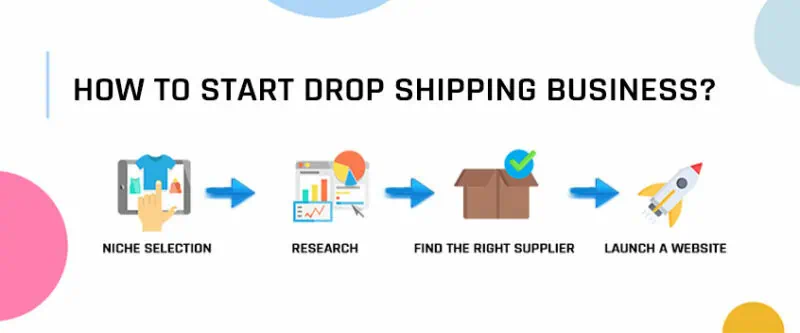
Creating an Account and Choosing a Business Name
Setting up your Shopify store is a straightforward process. The first step is to create an account on the platform, which typically involves providing some basic information about your business. Choosing a catchy and relevant business name is also crucial, as it will reflect your brand identity and help you stand out in the crowded eCommerce space. Your business name should resonate with your target and be easy to remember.
Designing Your Dropshipping Website
The design of your dropshipping on website plays a significant role in user experience and conversion rates. Utilizing Shopify’s themes and customization options, you can create a visually appealing and user-friendly store that showcases your products effectively. Ensure that your website is mobile-responsive, as a significant portion of eCommerce traffic comes from mobile devices. A well-designed website can enhance the credibility of your dropshipping and encourage visitors to make purchases.
Integrating Dropshipping Suppliers with Your Shopify Store
To streamline operations, integrating your chosen dropshipping suppliers with your Shopify store is essential. Many suppliers offer apps that allow for seamless integration, making it easy to manage inventory, process orders, and track shipments. This integration not only saves you time but also enhances the overall efficiency of your dropshipping. Properly managing supplier relationships will ensure that your customers receive their orders promptly, contributing to positive reviews and repeat business.
What are the Best Strategies to Market Dropshipping Business?
To effectively market dropshipping, consider leveraging social media platforms where your target audience is most active. Create engaging content that showcases your products, utilizing jc influencers to expand your reach. Additionally, optimize your website for search engines to drive organic traffic and enhance visibility. Implementing email marketing campaigns can help nurture customer relationships, offering personalized recommendations based on their interests. Finally, consider using paid advertising to target specific demographics, ensuring your ads reach potential customers effectively.
Utilizing Social Media for Promotion
Social media is a powerful tool for promoting your dropshipping. Platforms like Instagram, Facebook, and TikTok allow you to connect directly with your target audience, showcase your products, and drive traffic to your online store. By creating engaging content and leveraging social media advertising, you can significantly increase brand awareness and attract potential customers to your dropshipping on website. Regular interaction with followers can also foster community and loyalty.
Implementing SEO for Your Dropshipping Website
Search engine optimization (SEO) is crucial for driving organic traffic to your dropshipping on website. By optimizing product descriptions, meta tags, and images, you can improve your search engine rankings and increase visibility. Conducting keyword research to identify terms that your target audience is searching for will allow you to create content that meets their needs. A well-optimized website not only attracts more visitors but also enhances the overall success of your dropshipping business.
Investing in Paid Advertising and Influencer Marketing
Paid advertising can be an effective strategy to market your dropshipping, allowing you to reach a broader audience quickly. Platforms such as Google Ads and Facebook Ads enable targeted advertising based on user demographics and interests. Additionally, collaborating with influencers can help promote your products to their followers, creating trust and driving sales. By investing in both paid advertising and influencer marketing, you can diversify your marketing strategy and maximize your reach.
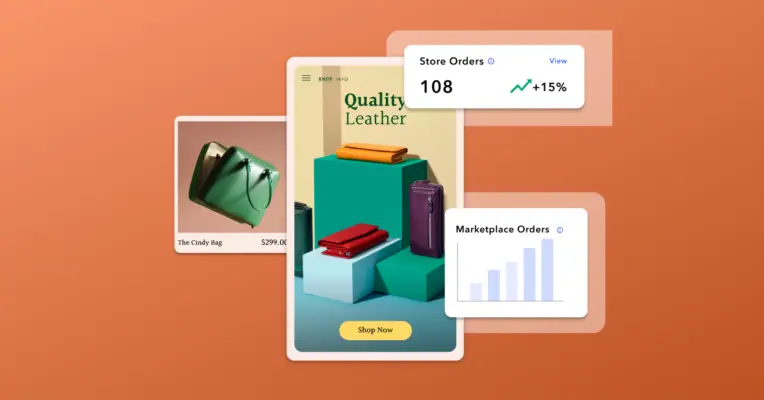
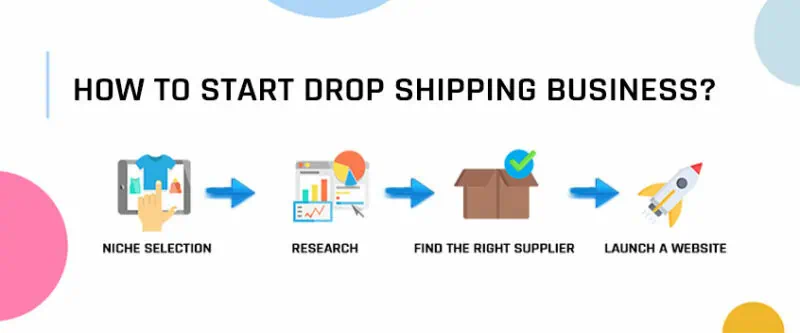
Private Agent for Dropshipping Success